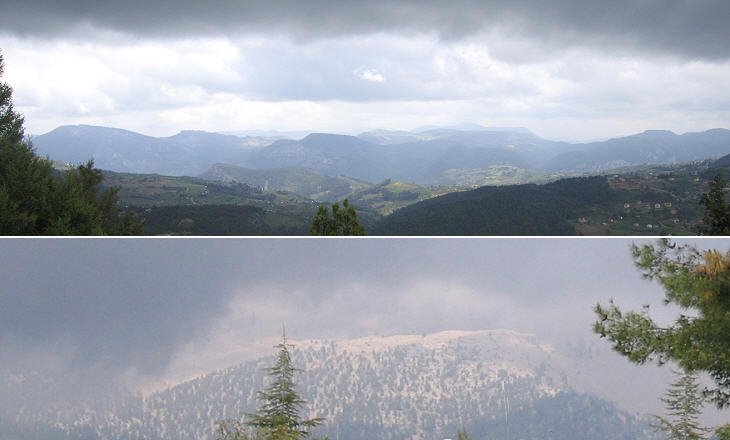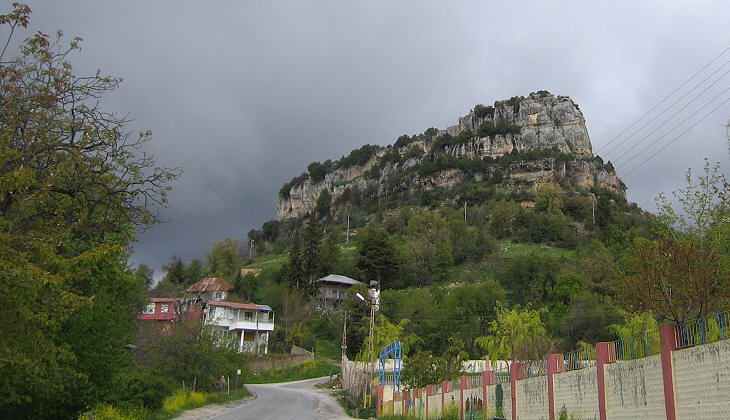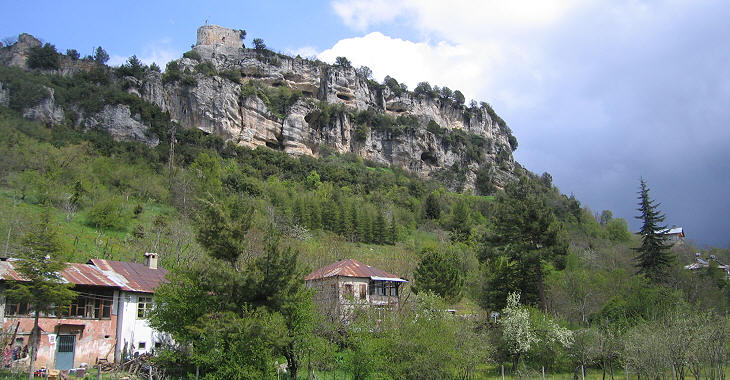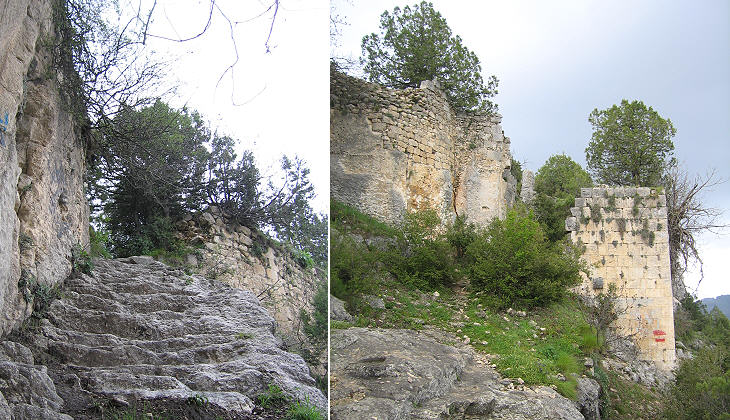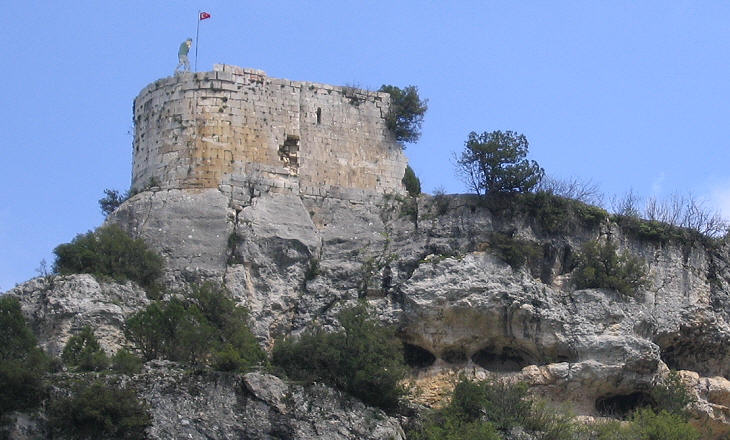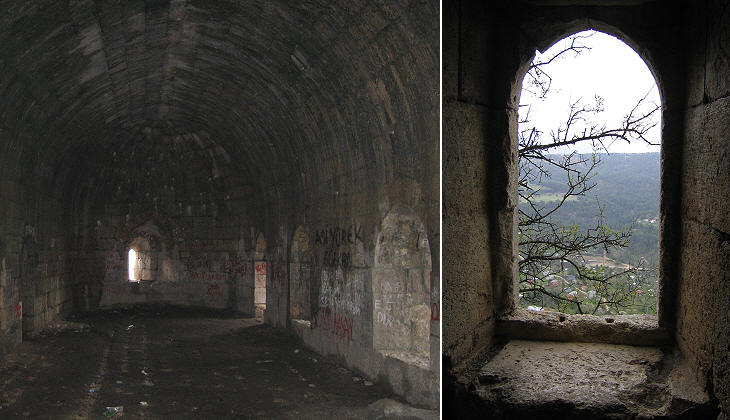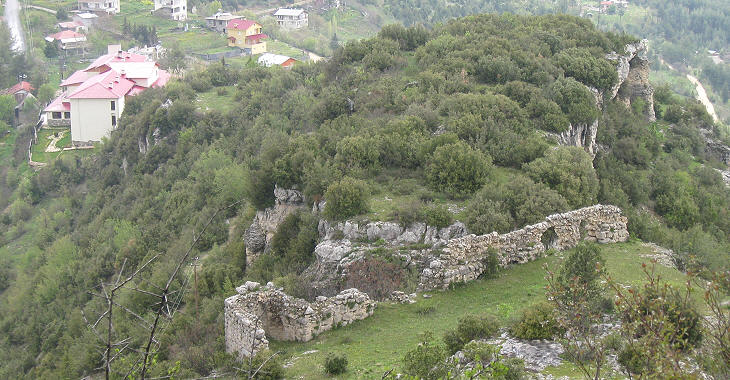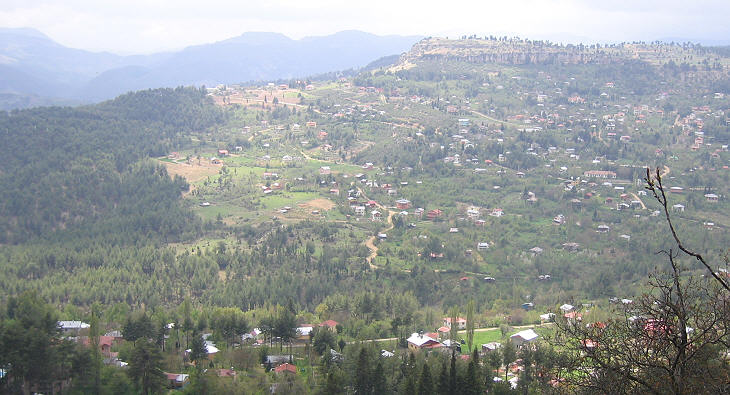  What's New! Detailed Sitemap All images © by Roberto Piperno, owner of the domain. Write to romapip@quipo.it. Text edited by Rosamie Moore. Page added in June 2009. |
 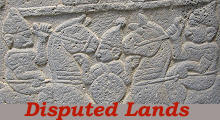 - Lampron Castle - Lampron Castle (relief at Karatepe) The Taurus mountains extend from the Mediterranean Sea at Alanya to north-eastern Turkey; they divide the central Anatolian tableland from Cilicia.
In the past a narrow gorge known as the Cilician Gates was the only pass which connected Cilicia with the tableland and this only after the melting of snow. The control of the valleys to the east of the Cilician Gates was therefore crucial to prevent Cilicia from being invaded.
In the XIth century Armenia was invaded by Turkish tribes which moved eastwards and after having defeated the Byzantines at Manzikert in 1071 settled in the tableland; there they founded the Seljuk Sultanate of Rum at Konya. Several Armenian nakharars crossed into Cilicia, where some colonies of Armenians had already settled at the end of the Xth century. Nakharar means first born and it designated the members of the Armenian noble families. Cilicia was a Byzantine possessions, but the emperors of Constantinople were unable to effectively control it.
Oshin, an Armenian nakharar, with members of his family and other chevaliers took control of the valleys between the Cilician Gates and Tarsus and strengthened an existing fortified site on an isolated rock which commanded a view over a large section of the Taurus range. He was the founder of the House of Lampron, after the name he gave to this castle (you may wish to compare the image above with a late XIXth century drawing by Victor Langlois - external link - it opens in another window).
At the time Lampron Castle was built, the need for security was paramount; the access to the castle was possible only through steep steps which were cut into the rock; the narrow passage was controlled from well built walls and towers. In 1137-38 Emperor John II Comnenus restored Byzantine sovereignty over Cilicia, but the Armenian warlords gradually detached themselves from it with the help of the Seljuks and of the western leaders of the Third Crusade (1189-92); in 1199 in Tarsus Levon (Leo) I was crowned King of Armenia by Cardinal Conrad of Wittelsbach. He set his capital in the town of Sis.
The House of Lampron is also known as the Hethumid dynasty, after Hethum I, a descendant of Oshin who became king in 1226 by marrying Zabel (Isabel), daughter of Levon I (who had no sons). The contact with the crusaders introduced many western elements into Armenian society: a structure of government modelled after the feudal system, allegiance to the Pope and modifications to the Armenian alphabet to adapt it to words of French origin.
Five vaulted halls at the very top of the rock were the residence of the lords of Lampron. The halls were not decorated with reliefs or architectural elements but they were strongly built and the stones were nicely aligned.
Those who enjoy reading gothic novels will not be disappointed by a visit to Lampron Castle, although eventually they will discover that noises coming from the interior of the halls are not due to ghosts, but to a family of squirrels.
The Hethumid dynasty ruled over Cilicia (which at the time was called Lesser Armenia) until 1341, when Leo VI was assassinated by his barons. He was replaced by Guy of Lusignan, a relative of the King of Cyprus. The days of the Armenian kingdom came to an end in 1375 when the Mamelukes took full control of Cilicia, including Lampron.
Today Lampron Castle is located in the municipality of Camliyayla; it is not structured as a small town, but it is dispersed into many small settlements; in summer its population grows enormously because of the arrival of many people from Tarsus and Adana who seek refuge from the extreme heat of the plain. Move to: Introductory page Tarsus Adana Sis (Kozan) Laiazzo (Yumurtalik) Karatepe Yilanli Kale Kahramanmaras Gaziantep Kilis Birecik Aleppo Cyrrhus Ain Dara Sanliurfa Harran Nemrut Dagi Harput Diyarbakir Mardin Silvan and Malabadi Koprusu Map of Turkey with all the locations covered in this website  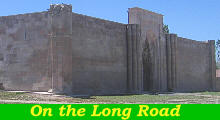   |
